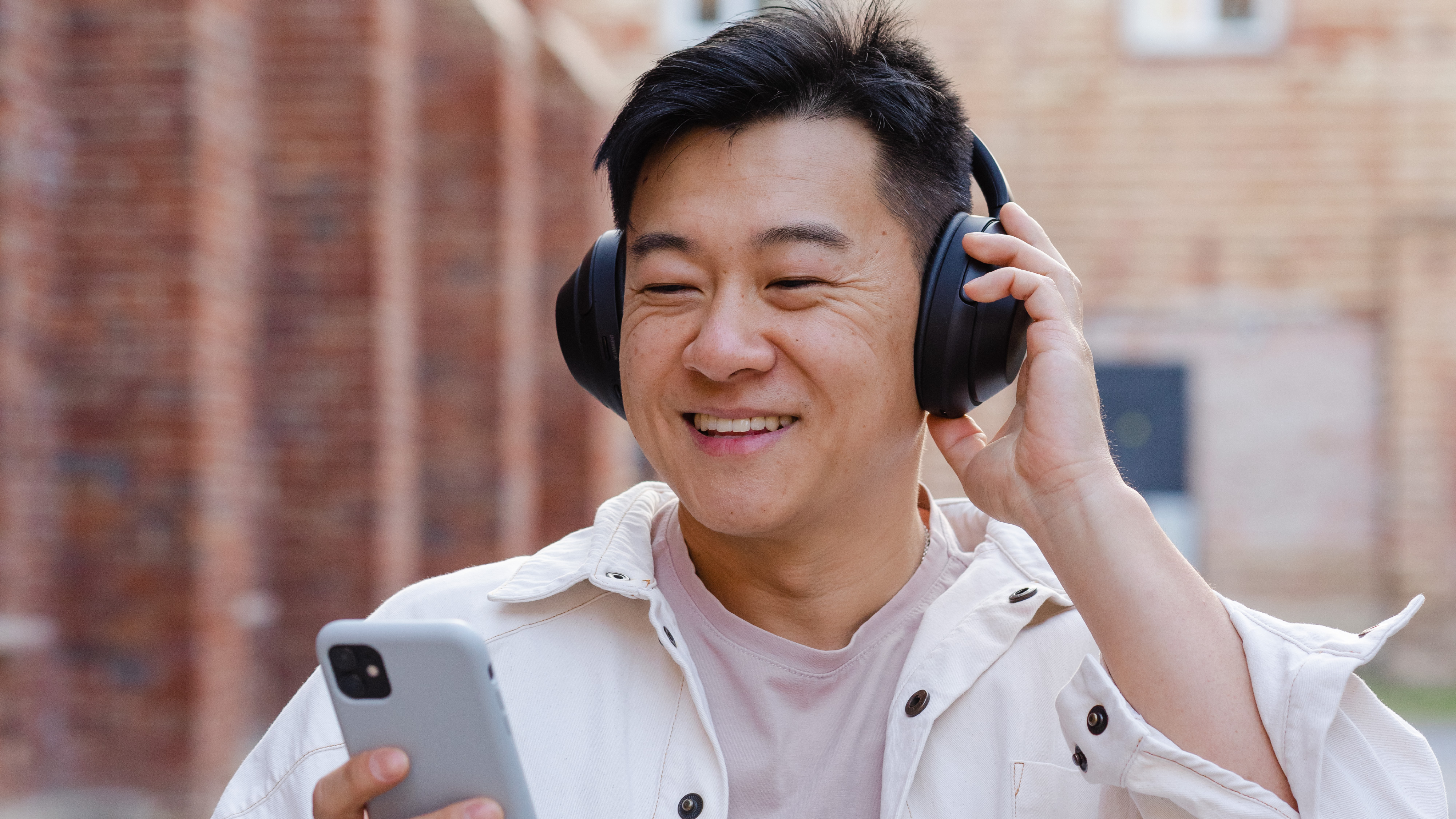Retail in the Time of COVID-19, Part 4: Operating Differently
Apr 30, 2020Omnichannel marketing — if you’re a retailer, you either love it or hate it. This multi-channel sales approach provides customers with an integrated shopping experience, but isn't universally adopted. On one hand, it offers various opportunities for consumers to shop from anywhere, providing convenience and implying a brand’s understanding of technological advancements and shifting consumer needs. On the other hand, many retailers worry that offering these opportunities could lead buyers to forget the in-person shopping experience and cause a decrease in foot-traffic sales.
However, shelter-in-place orders have resulted in a major decrease already. With everyone staying at home, online shopping is up, and has shown some interesting trends, reflective of the time. For the retailers who have prepared with eCommerce and mobile solutions, it’s time to figure out how to amplify resources.
The Curbside Appeal
While it may have existed to an extent before COVID-19, the curbside pickup opportunity has escalated dramatically. With this practice, brands can work to meet their sales goals, while also providing responsible solutions so consumers have access to essential products while still observing safety protocols. While delivery slots book up and delivery dates push back into early summer, consumers can look to curbside pick-up for a quicker and more reliable way to get what they need.
Non-essential retailers across all categories are stepping up to the plate to keep their businesses running smoothly, employees paid, and customers happy. While we’ve all heard about larger retailers offering this option, smaller operations are adapting as well. For example, jewelry retailer Kendra Scott is now offering curbside pickup for 21 of it’s 23 Texas-based store locations after shutting down nationally in March. Even independent bookstores are finding creative ways to make it through quarantine by letting people call in their orders for pickup.
Business Insider has provided readers with a running list of retailers offering these accommodations including major stores like Walmart, Target, Best Buy, and Office Depot.
You’ve Got Mail
With shelves empty and lines long, many people are turning to online shopping to get goods from the safety of home. But, expectations for instant access are high — in a study on consumer shipping expectations, 54% of shoppers abandoned their carts due to expensive shipping, 39% abandoned due to no free shipping, and 26% abandoned due to slow shipping. Consumers are used to “running to the store” to grab an item — like a new kitchen appliance — and having it the same the day. While no one expects to click “Buy Now,” and have their item delivered in the next minute, people still desire immediacy and convenience.
Return Options
Since they can’t visit brick-and-mortar locations, customers don’t have the chance to try out or try on products before purchase. Ordering something without the in-person preview is more attractive if a return safety-net is present. And, making the process simple and streamlined for customers means they will be more likely to trust the brand, and buy in the future. Retailers like Macy’s, ASOS, and Target are also extending return periods, so people have plenty of time to make returns.
But what does this mean for the future?
Before this crisis, many consumers were comfortable and happy with their in-person shopping experience, and weren’t motivated to engage with other avenues. However, this widespread change has shifted consumer behavior, and retailer reactions are following. This will cause a profound impact on capital spend, and encourage a renewed focus on educating consumers on omnichannel capabilities. After COVID-19 passes, the consumers who become comfortable utilizing these omnichannel capabilities will stay loyal to the retailers who have them available, and pull away from ones that don’t.
But for now, here's what we recommend for retailers:
-
Keep customers informed on the status of capabilities available across all omnichannel outlets. Is there a shortage of stock in stores? A delay in shipping? Let your customers know. If they have information, people are able to adjust their expectations.
-
Commit to the ‘customer first’ attitude. In a time like this, people want to purchase from brands that care, and that truly understand their needs. Consistently evaluate the changing landscape, and pivot as is appropriate.
-
Stay nimble. We’re going to be experiencing the effects for the unforeseeable future. And while some states are looking to “reopen,” we don’t anticipate consumers flocking to brick and mortar stores. Remaining flexible to consumers needs as we explore what the future holds is key.
-
Build brand loyalty to stay top-of-mind. Right now, customers are assessing which retailers can keep up with their virtual needs. Can you offer a discount, or roll out a promotion? Now is a great time to revisit your messaging, and adjust your advertising. A strong brand image will complement the ease and positive experience of omnichannel marketing solutions.
And, stay tuned for the next post installments for important insights and strategy suggestions:
- Joining Forces
- For Some, It’s Business As Usual
Or visit the SoundCheck page for more COVID related content.



